Listen Now:
I am constantly amazed by the number of excellent books I have never heard of. My husband loves to use the expression “learning to drink from a firehose” to explain how overwhelming something can be. In the last few years, I have felt that firehose is getting fatter and more powerful the more I dig into books from the golden age of children’s literature. Frankly, I hope it stays this way for many years to come. These books enrich my family’s life, and it is an honor to share that reading journey with you.
This year I have made it a priority to read and review as many books from Purple House Press as I can. I have been so impressed with Jill’s excellent taste, and her careful printings of these worthy children’s books. I love how she has added layers to her catalog over the last few years to incorporate nature books, living history books, and gems from that magical golden age in children’s literature. I have seen some sneak peeks of her new Elizabeth Ripley art books, and I will be buying those as soon as they are available. Shopping on the Purple House Press site is like going into a candy store and getting all kinds of delicious treats. Thank goodness this binging is calorie-free!
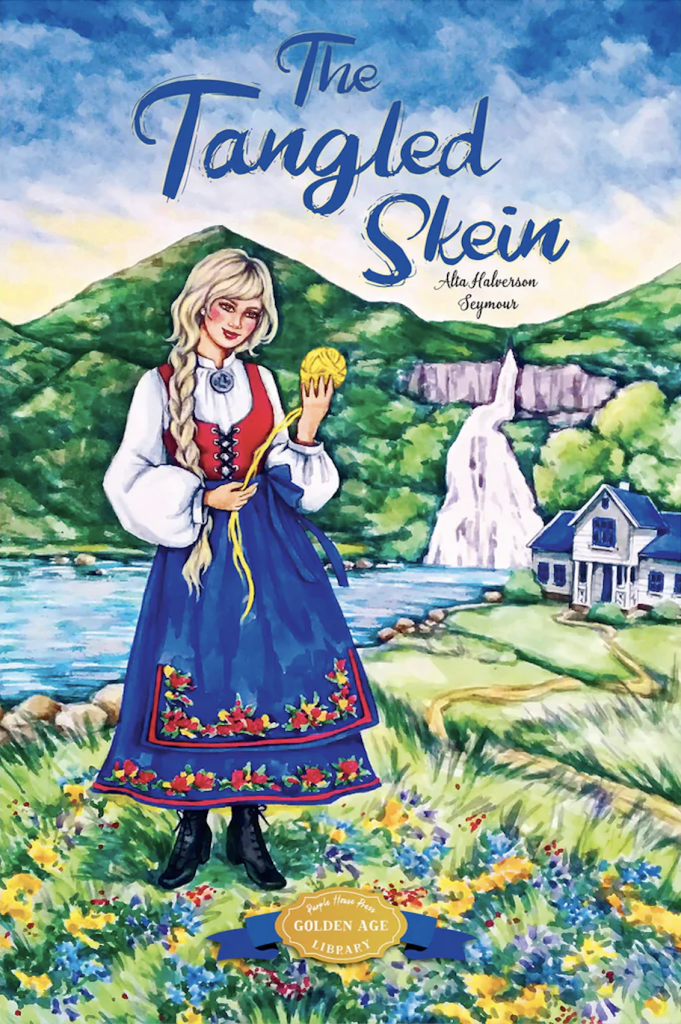
During a recent Purple House Press sale, I put two Alta Halverson Seymour books, The Tangled Skein and When the Dikes Broke, into my cart primarily because I loved the covers. Something about The Tangled Skein was just so beautiful that I kept going back to it, and I became deeply curious about the story itself. The Dikes was also intriguing to me because of the cover, and because of my love for Hilda van Stockum and all things Dutch (I am binge-reading Dutch author Tonke Dragt right now as well). I did a little research on Alta Halverson Seymour and realized that years ago, I had purchased On the Edge of the Fjord, also by Seymour, from Bethlehem Books (another treasured publisher of children’s literature) during a sale, but had not gotten around to reading it yet. If When the Dikes Broke is an excellent sample of her writing, then I expect that we will be making her a featured author soon. I have since added the Christmas books to my collection as well.
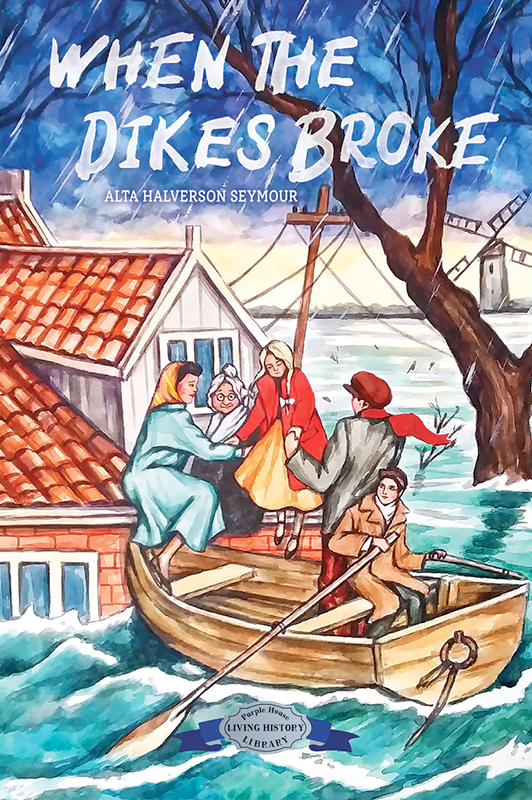
I have always struggled with teaching geography. I loathe map work, and have never loved any geography curriculum I have seen. But, I grew up traveling internationally, and I want my kids to have a good sense of the world. I decided that this year, we would approach geography through the living stories of places and their people. I do enjoy finding literary locations on maps, and I love hearing about crucial moments in the history of a place. So, we began with When the Dikes Broke. My kids said this was the best school read-aloud we have done. I agree. They also teased me mercilessly about the ocean of tears I cried on nearly every page of this 130-page story. Some of those tears were of grief, but the vast majority were tears of pride and joy for the Dutch people. Their resilience, creativity, love for fellow man, and humility in the face of an angry ocean broke me like those poor dikes that were broken. I am tearing up as I write this, just remembering that read-aloud several weeks ago! This story is tremendous and one that you will not soon forget.
I have no warnings except that nearly all animals are drowned in the floods. None of it happens on-scene, so we are spared the grief of watching it happen, but if you have a sensitive reader, you may wish to skip over that realization. ((SPOILER ALERT: the dog lives and is heroic. END OF SPOILER))
“He found them, and in another moment he was pulling with all his strength toward that group in the attic window. Into Dirk’s mind flashed a well-known Dutch saying, ‘I’ll row with the oars I have.’ That’s what Klaas was doing right now.”
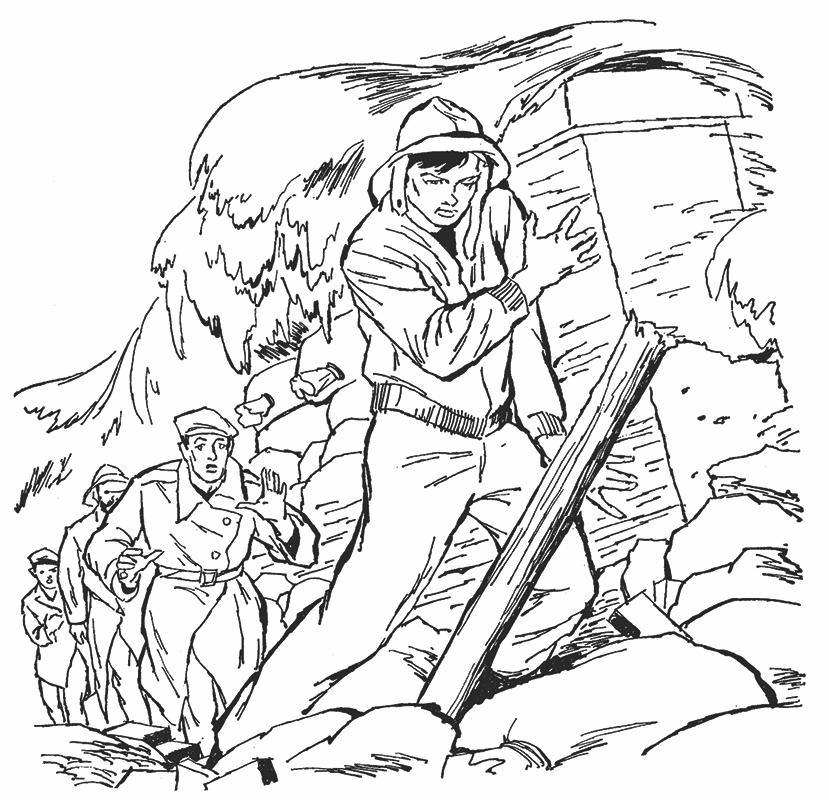
On January 31, 1953, eighty-nine Dutch dikes along the North Sea really did break, and the next forty-eight hours were grueling for many of the Dutch people. It was the worst flood in Holland in 500 years. The storms raged all night and made it harrowing for everyone. As families climbed onto the roofs of their flooding houses, the waves of the ocean viciously washed over them and carried many away. When the storms abated, the slow and arduous rescue work began. But there could be no peace until the dikes were repaired so the flooding could stop. Men were divided between dike work and rescue work while the women and elderly tried to care for the sick, the wounded, the children, and the hungry. The people were soaked, cold, devastated, and exhausted.
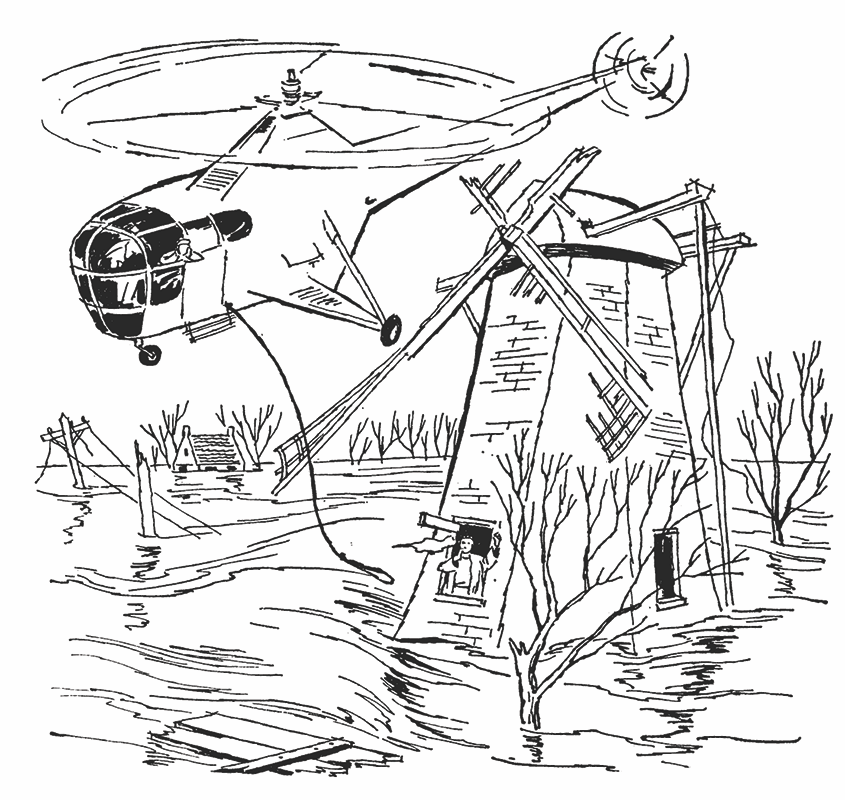
Just as the men on the dikes were wearing out, fishing boats appeared, bringing whatever food they had, and help. Hours later, new ships loaded with more men and provisions arrived, as well as small boats that could be useful in rescue efforts. The next day, the helicopters from England and Europe flew in with more provisions, and to aid in the rescue efforts. The Red Cross and other relief agencies, including American soldiers stationed in Germany, moved the people inland to hospitals, relief housing, and short-term housing. Over the next several months, the Dutch people would go on to repair their dikes and rebuild their homes and farms.
“There was a moment’s silence, and a little sigh of discouragement went around the group. Then Vrouw van Rossem spoke up, with a twinkle in her eye. ‘I remember once when Dirk was very small and he was trying to move a good-sized table. I said to him, ‘You can’t move that, boy. It’s as big as you are.’ And he said, ‘Yes I can. I’m as big as it is.’ This job we have on our hands is big, but let’s hope we’re as big as the job.’”
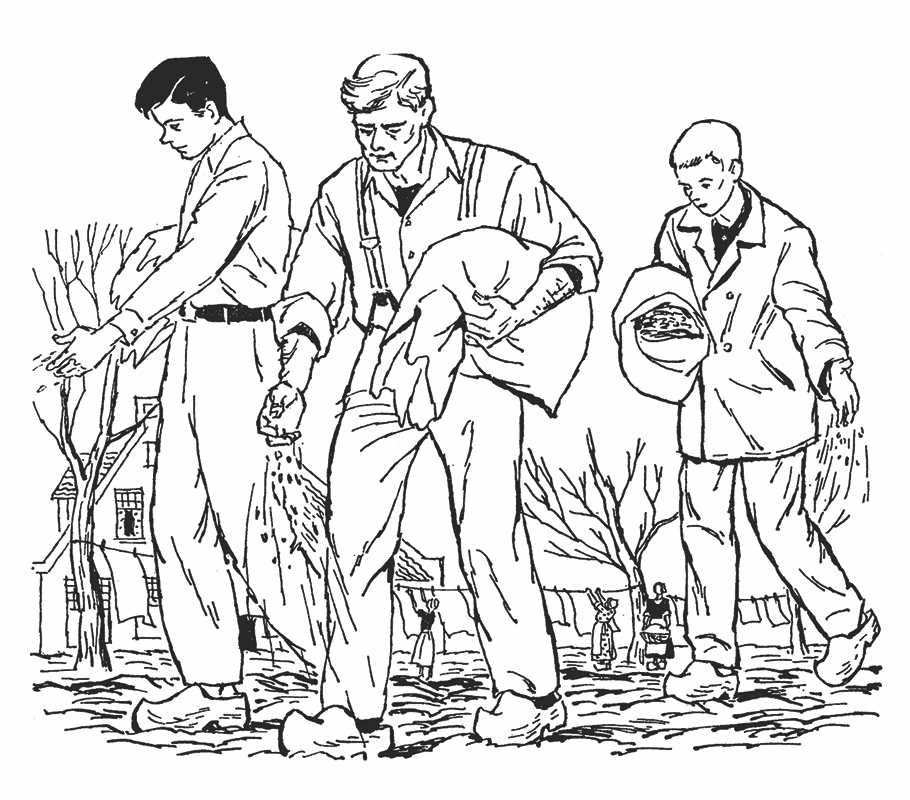
Seymour’s writing is elegant and lovely for read-aloud (if you can choke it out while crying, that is . . . *wink*). The story follows the van Rossem family throughout the devastation, and then through the restoration of their village. We marvel at how they remove the mud and grime from the interior of their home. We laugh when their missing teakettle is found in a tree. We wonder how they will recover their farmland which is covered in a salt cake from the sea. And we mourn their losses while we rejoice with them in their victories. This story reads like a classic such as Little House on the Prairie. But, it is also quintessentially Dutch. Seymour writes with pride and hope, and gives us a beautiful ending. I do not know why this book is not more commonly known. It should be required reading everywhere.
As Jill often does when she is working on reprinting a book, she did a great deal of research into the true events which inspired this book. I want to draw your attention to this paragraph from the Purple House Press website because we found these links to be fascinating:
To see more of what really happened in the flood of 1953, watch this newsreel containing 20 minutes of footage on the flood aftermath. It was released to the Dutch people soon after the storm and is titled “The First Footage of the Storm Disaster.” You can read more extensively about floods in the Netherlands going back to 1404 at Deltewerkan (Delta Works) and from 838 at Wikipedia. Delta Works describes the 1953 storm conditions here, and states that the sea broke through 89 dikes covering 116 miles of Dutch coastline with wind speeds of gale force 9 (47-54 mph) measured for 20 consecutive hours.